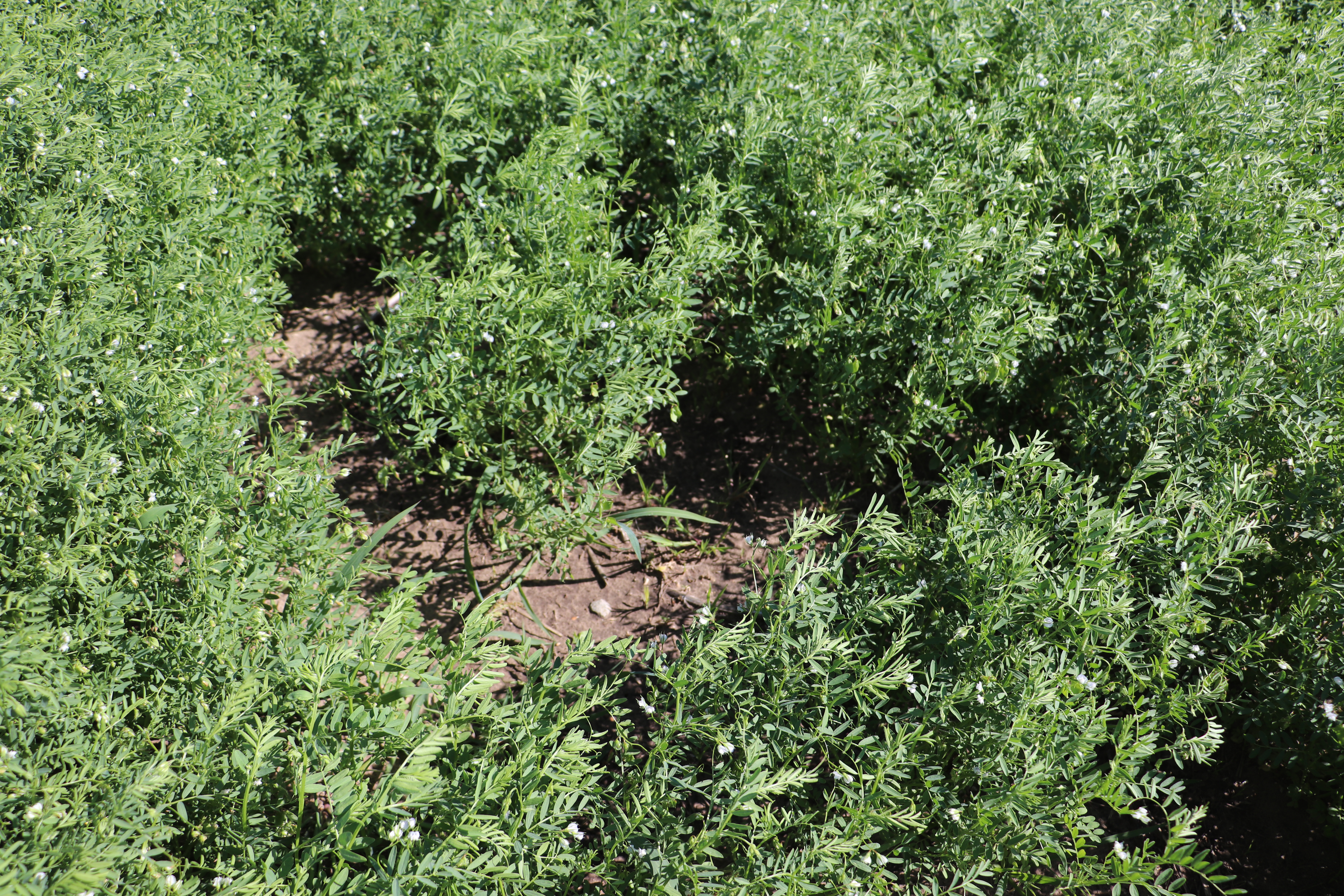Farmers are in the home stretch right now when it comes to seeding, 99 per cent of the crop is in the ground.
Last-minute fields were seeded as they dried up over recent weeks following late spring storms, heavy rains and cool weather.
Crops Extension Specialist Matt Struthers says producers were able to get all their fields seeded without major issues or delays.
Storm activity over the last week resulted in some localized flooding, hail and wind damage, but overall producers were happy to see a good rain.
Provincially, topsoil moisture conditions declined slightly over the past week as the rain showers, while very heavy, were also very localized.
Many areas of the province missed out and the soils continued to dry out with the high daytime temperatures and strong winds.
"Cropland topsoil moisture is rated two per cent surplus, 66 per cent adequate, 28 per cent short, and four per cent very short. Hay and pasture land is rated as one per cent surplus, 60 per cent adequate, 33 per cent short, and six per cent very short. Rain is needed on hay fields that have struggled over the past two years to help them recover and produce an adequate hay crop."
This week's crop report shows crop conditions across the province range from fair to excellent.
Provincially, 85 per cent of the fall cereals, 83 per cent of the pulses and 76 per cent of spring cereals and oilseeds are at their normal stages of development for this time of year.
"We're seeing a bit of those lower rated crops on those lighter textured soils or hilltop, and then also in those drier regions of the west central and southwest as well. So, things look really good and the rain over the last two weeks is certainly helpful."
Producers in areas that are still very dry are hoping that they receive rain more frequently to help with crop development.
Farmers are busy scouting fields for insects, weeds, and diseases.
Struthers says the areas that had heavy rainfall are reporting some root rot issues, especially in their lentil crops.
"Lentils don't like wet feet we always say. So there's a lot of yellowing fields and in those low areas that are holding water, the root rot is setting in. So producers kind of have their hands tied when it comes to root rot, there's not many things you can do besides hope the crop can just make it through and the soils can dry up a little bit."
According to the report, the majority of damage came from drought stress in localized areas or fields such as lighter soils or hilltops.
Other reported damage was due to flooding, insects (flea beetles, grasshoppers, and cutworms), gophers, hail, and wind.
